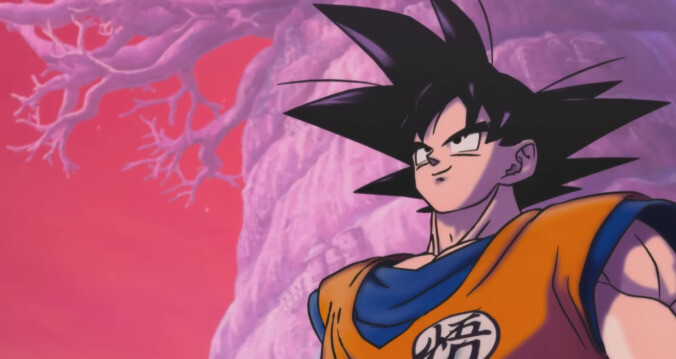R.I.P. Dragon Ball creator Akira Toriyama
One of the most iconic manga and anime artists of the 20th and 21st centuries, Toriyama designed characters for Dragon Ball, Dragon Quest, and much more

Akira Toriyama’s most famous creation, Goku, in a trailer for Dragon Ball Super: Super Hero Screenshot: YouTube
Akira Toriyama has died. As the creator of the long-running Dragon Ball franchise—to say nothing of his work in film, television, video games, and in other manga titles—Toriyama could comfortably be described as one of the most influential comics creators of all time. With an instantly recognizable style, a notably goofy (and occasionally perverse) sense of humor, and a prodigious work ethic, Toriyama did as much as any single creator could to define the look of manga and anime in the 20th century. His death was reported tonight by the official Dragon Ball Twitter account, which revealed that he died on March 1. Toriyama was 68.

 Keep scrolling for more great stories from The A.V. Club.
Keep scrolling for more great stories from The A.V. Club.